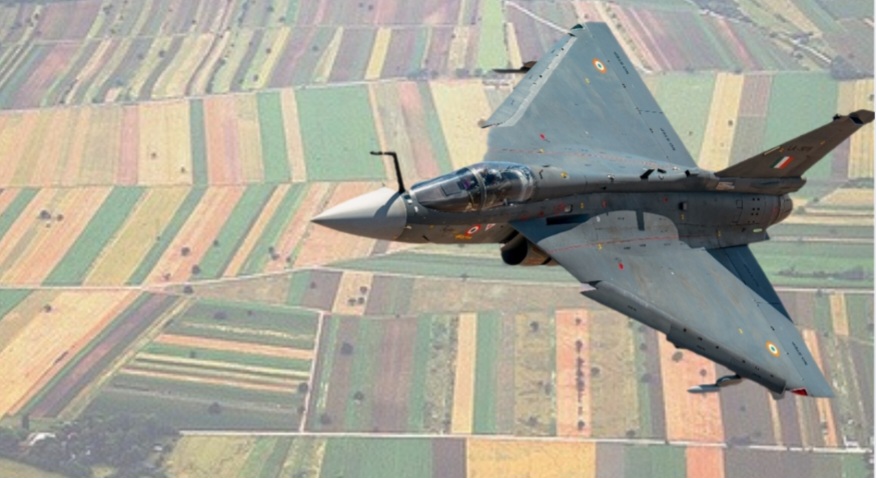GE ( General Electric )Eager to Help Power India’s 5th-Generation Fighter Jet
General Electric (GE) has shown a great interest in powering India’s next fifth-generation fighter jet, the Advanced Medium Combat Aircraft (AMCA), which is a significant development for the country’s domestic defense industry. In addition to strengthening the expanding strategic alliance between the United States and India, this possible relationship is expected to significantly advance India’s technological aspirations for defense industrial independence . moneycontrol.com
Historical Context :

The Light Combat Aircraft (LCA) Tejas, which represented a breakthrough in domestic jet development, came decades after India’s fighter aircraft development adventure started with the HAL HF-24 Marut in the 1960s. India has, nevertheless, historically depended on foreign propulsion systems. GE’s F404 engines power the Tejas Mk1 and Mk1A versions, while the more sophisticated Mk2 will use the GE F414.
With the AMCA, India hopes to join the select group of countries that now consist of China, Russia, and the United States and have fifth-generation fighter jet capability. With its superior avionics, electronic warfare, supercruise capabilities, and stealth capabilities, the AMCA will be India’s most sophisticated fighter to date.
AMCA: Essential Technical Elements
Fifth-generation stealth combatant
Engine: twin-engine setup; early mockups of the intended GE F414
GE F414 Thrust Class: 22,000 lb per engine
Mach 1.8+ is the estimated speed.
Range: With internal fuel, more than 2,000 km
Features of stealth include low radar cross-section, internal weapons compartment, and materials that absorb radar.
Avionics: Electronic warfare suite, AESA radar, and advanced sensor fusion
Weapon Systems: precision-guided munitions (PGMs), air-to-air, and air-to-ground
GE’s Proposal :

In response to a major Indian demand, GE has suggested co-producing the F414 engines in India with a substantial transfer of technology (ToT). This would represent a major advancement over earlier license-based production, paving the way for the local construction of increasingly intricate systems and, ultimately, the creation of an indigenous engine for upcoming AMCA variants.

If this partnership is completed, it may have significant effects. It strengthens U.S.-India defense ties in the Indo-Pacific area and supports India’s “Make in India” and “Atmanirbhar Bharat” (self-reliant India) efforts. India’s long-standing reliance on European or Russian defense supplies would be lessened if modern jet engines were produced domestically.
Issues like intellectual property rights and technology transfer terms will need to be resolved as talks move forward. However, GE’s excitement marks a sea change, one in which India may become a significant player in the world’s aerospace and defense industry.
For more such information stay tunned with moneypistol.com



This is really interesting, You’re a very skilled blogger. I’ve joined your feed and look forward to seeking more of your magnificent post. Also, I’ve shared your site in my social networks!
Hi Bizz Buzz Team,
Thank you for your kind words and for joining my feed — I truly appreciate your support! I’m glad you found my work interesting, and I’m excited to share more content with you in the future.
If there’s any particular topic you’d like me to cover, feel free to let me know.
Looking forward to staying connected!
Best regards,
Dinesh Shah
Mumbai